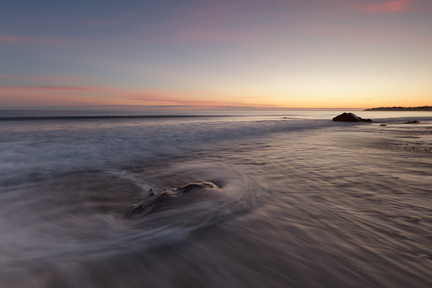Happy New Year!
I’ve had an extended break from blogging in a vain attempt to catch-up with all of my other responsibilities and draws on my time. I’m not fully caught up but I’m back.
I know a lot of people look forward to the new year with a list of resolutions. I do something similar to that too, although my list is usually a combination of the pragmatic and the impossible. Things that I absolutely need to get done and things that only in my wildest dreams would come true. Usually there’s not a lot of stuff in the middle. In no particular order here are a few of the things from my list:
1. Publish a book of my photographs
It is becoming easier and easier to self-publish. The recent announcement of the Beta version of Lightroom 4 includes integration for Blurb. One can only imagine that a raft of self-published photobooks will ensue. Makes me think that if everyone’s going to be doing it then I’ve missed the boat but then I could say the same thing about photography too!
2. Complete the planning for a trip to Shikoku in early 2012
Shikoku sounds like an interesting place to visit. A little off the tourist path but there is a well known pilgrimage around the 88 temples here. There was an interesting article in the National Geographic Traveller about the island. Check it out here: http://travel.nationalgeographic.com/travel/countries/shikoku-japan-traveler/
3. Learn Japanese in anticipation of my Japan trip
While languages are certainly not my forte Shikoku appears to be far enough off the regular visitor trail that some Japanese could come in handy. The Rosetta Stone language immersion program looks like it would be a good way for me to get started.
4. Complete preparation for the show at RMSP gallery

An exhibition of my photographs will be up at the Rocky Mountain School of Photography gallery for 3 months starting the first week in May. Very excited about that. Please stop by and say hello if you’re in Missoula the first Friday in May.
5. Live more sustainably
I’m not much of a tree hugger but when I see things such as the albatrosses that Chris Jordan shows with his work it makes me want to be more conscious of the things I buy and how I get rid of it. Quality over quantity has to be a good thing.
Still on the sustainable living theme – the image below is taken from Azby Brown’s book ‘Just Enough Japan’ which is a look at how the Japanese in the 1600’s facing a lot of the same problems that we face to day dealt with them. Very interesting reading.












